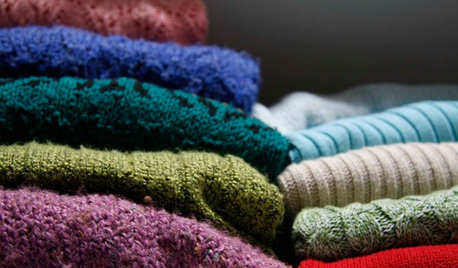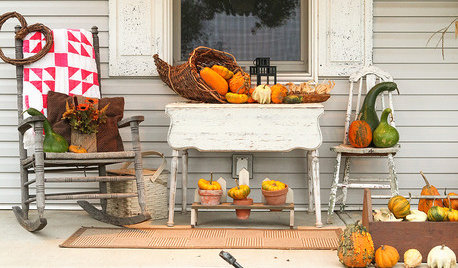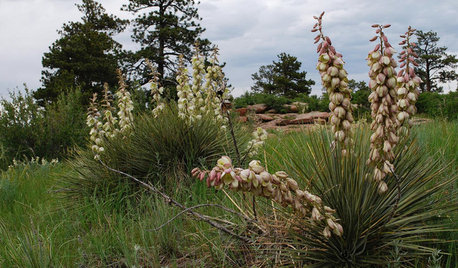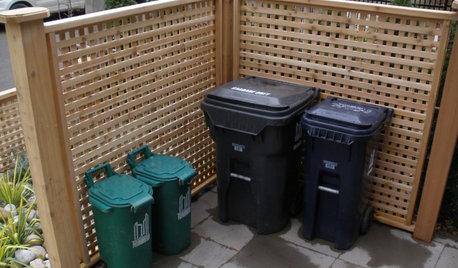Moth Balls
Pallida
13 years ago
Related Stories

LIFEHow to Get Rid of Clothes Moths
Found holes in your favorite sweater? Read on to learn if clothes moths are to blame — and what to do about them
Full Story
LIFEHow to Outsmart Backyard Critters
Learn to think like a raccoon, skunk or squirrel to keep your home safe and your garden intact
Full Story
PORCHESA Peek at 2 Prettily Dressed Fall Porches
Pumpkins, fall flowers and flea market finds help two Ohio porches get into the seasonal spirit
Full Story
GARDENING GUIDESGreat Design Plant: Yucca Glauca
Soapweed yucca's pale green leaves brighten the winter garden and add sculptural interest year-round
Full Story
GARDENING GUIDESGreat Design Plant: Cephalanthus Occidentalis
Buttonbush is an adaptable woody shrub with delightful pincushion flowers
Full Story
LIFEOh Yeah, There’s a Snake in the House
A Houzz contributor lives through her worst nightmare and comes out the other side with lessons learned and new footwear
Full Story
THE POLITE HOUSEThe Polite House: What Can I Do About My Neighbors’ Trash Cans?
If you’re tired of staring at unsightly garbage way before pickup day, it’s time to have some tough conversations
Full Story
HEALTHY HOMEDetox Your Kitchen for the Healthiest Cooking
Maybe you buy organic or even grow your own. But if your kitchen is toxic, you're only halfway to healthy
Full Story
ORGANIZINGProfessional Tips for Organizing Your Clothes Closet
As summer draws to a close, get expert advice on editing and organizing your wardrobe
Full Story
HOUSEKEEPINGTo-Dos: Your September Home Checklist
Boost the comforts of home for fall with a few of these ideas for stocking up and staying cozy
Full Story






susanlynne48
tigerdawn
Related Professionals
Norfolk Landscape Architects & Landscape Designers · Middle Island Landscape Architects & Landscape Designers · Saint Louis Park Landscape Architects & Landscape Designers · Avocado Heights Landscape Contractors · Downey Landscape Contractors · Fort Wayne Landscape Contractors · Fountain Valley Landscape Contractors · Gloucester Landscape Contractors · Hoover Landscape Contractors · Ramsey Landscape Contractors · Waterford Landscape Contractors · Antioch Landscape Contractors · Austin Decks, Patios & Outdoor Enclosures · Fort Mill Decks, Patios & Outdoor Enclosures · Kalamazoo Decks, Patios & Outdoor EnclosuresPallidaOriginal Author
Okiedawn OK Zone 7
PallidaOriginal Author
joellenh
PallidaOriginal Author
slowpoke_gardener
cjlambert
pattyokie
PallidaOriginal Author
susanlynne48